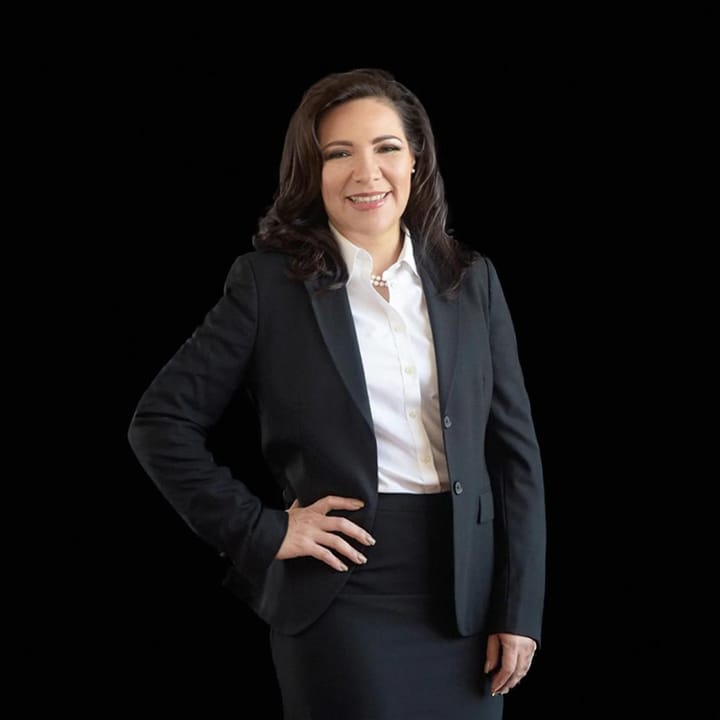Por Lourdes Molina
En México no es la primera vez que se elige a los jueces por voto popular, la pregunta es: ¿estamos ante la destrucción de la democracia al eliminar los contrapesos y de esta forma serán silenciadas las minorías? Pues bien, recordando la primera parte de la pregunta contextualizada a la pasada elección y si en ella hubo piso parejo basta recordar las mañaneras para advertir que el Ejecutivo intervino en el pasado proceso electoral, afectando la imparcialidad y neutralidad, las resoluciones electorales confirmaron que el Presidente faltó a las reglas de neutralidad en el proceso electoral, lo que nos lleva a la respuesta de que en la elección por voto popular de juzgadores no habrá piso parejo.
Ante dicho escenario, la siguiente pregunta es: ¿cuáles serían los riesgos?, la respuesta lógica: que la independencia y autonomía serán afectadas; sin embargo, no necesariamente.
De ahí que, es oportuno recorrer brevemente la historia judicial en México a partir de la Constitución de 1824, los Ministros de la Corte eran electos como al Presidente de la República, gobernadores y procurador, elegidos por voto indirecto, por medio de colegios electorales -como en Estados Unidos hoy existen-, uno por distrito o circunscripción electoral y votaban por los candidatos a presidente, gobernador, alcaldes y ministros de la Corte.
Ese fue el método dominante en el siglo XIX, en la Constitución del 57 hubo algún tipo de matiz menos popular que en las constituciones centralistas, en las 7 leyes constitucionales de 1836 y en las bases orgánicas desde 1843 donde fundamentalmente correspondía al presidente y congreso la elección de ministros.
Salvo ese periodo centralista en las constituciones federales del siglo XIX, del 24 y 57, la elección de ministros era vía indirecta; igual que al resto de autoridades electas del país; en el acta de reformas de 1847 redactada por Don Mariano Otero establece elección directa de ministros, era una reforma a la Constitución del 24 no entró en vigor y por eso no se pudo elegir después de 1847 directamente a los ministros.
Desde la Constitución del 1917 a nuestros días han existido tres métodos de nombramiento de ministros, del 17 al 28 eran las legislaturas locales las que proponían a los candidatos, dándole un componente federalista al nombramiento de ministros y el Congreso de la Unión los designaba de las propuestas de las legislaturas locales, implicó que los ministros eran abogados de los estados de la República.
En la actualidad rige el método centralista que generalmente privilegia la designación de abogados que residen en Ciudad de México por el modelo que descansa en el Presidente y la mayoría calificada del Senado, de esta forma del año 28 al año 94 el método era propuesta del presidente de la República y el Senado, no había terna, era el Presidente el que proponía y el Senado ratificaba.
Esos años son los de la hegemonía del PRI, el candidato del presidente era casi automáticamente ministro o ministra, porque el partido del presidente tenía la mayoría calificada en el Senado en gran parte del siglo XX.
En 1988 -época de Carlos Salinas de Gortari, sin mayoría calificada-, viene la reforma constitucional del 94, en vigor con Ernesto Zedillo, el presidente proponía una terna, que el Senado por mayoría calificada designa, sin acuerdo en dos ocasiones, como ocurrió recientemente con la ministra Lenia Batres, el Presidente elige de la segunda terna, el método en vigor obedece a la composición política de 2018, los cargos y las reformas se acordaban entre PRI, PAN y PRD en la época de Peña Nieto, era la gobernabilidad del país, acuerdos de partidos que sumados conformaban mayoría calificada, así funcionó hasta 2018.
El cambio político en el que el PRI y PAN son minoría está provocando el nuevo método, porque el acuerdo entre las dos fuerzas políticas mayoritarias en el Senado para elegir ministros o para realizar reformas constitucionales ya no opera.
La pregunta es: ¿cuál es el mejor método para fortalecer al Poder Judicial? Ya que, sin duda, estadísticamente está demostrado que México está en los más bajos niveles de vigencia de estado de derecho y seguridad, y la justicia es uno de los aspectos en los que menos se confía. Si a esto se suma que Morena como la fuerza mayoritaria en el Congreso tiene la posibilidad de aprobar reformas y nombramientos que constitucionalmente le corresponde y ha modificado el sistema político del periodo de 94 al 2018, el método que menos se antoja pertinente para fortalecer al poder judicial es el de la resistencia contra la mayoría aplastante que ha tomado de estandarte los nada favorecedores resultados de la justicia en México.
Entonces ocupémonos de la definición correcta del perfil del juez, del humano que está al frente de la institución, de la rendición de cuentas de las y los juzgadores y de una verdadera reingeniería en la estructura institucional, que se ha detenido en el tiempo, habiéndose transformado en la principal herramienta para propiciar la ineficiencia, ineficacia, corrupción, en una palabra, en injusticia institucionalizada; debido a que la historia te recuerda que lo más preocupante no es si el ministro es elegido por voto o designado por un funcionario facultado, sino que las y los candidatos del cual se seleccione al votado o al designado, esos candidatos sean los titulares de los mejores perfiles.
Te esperamos en la siguiente edición con el perfil del juez acorde al siglo XIX.

Las opiniones expresadas son responsabilidad de sus autoras y son absolutamente independientes a la postura y línea editorial de Opinión 51.






Comments ()